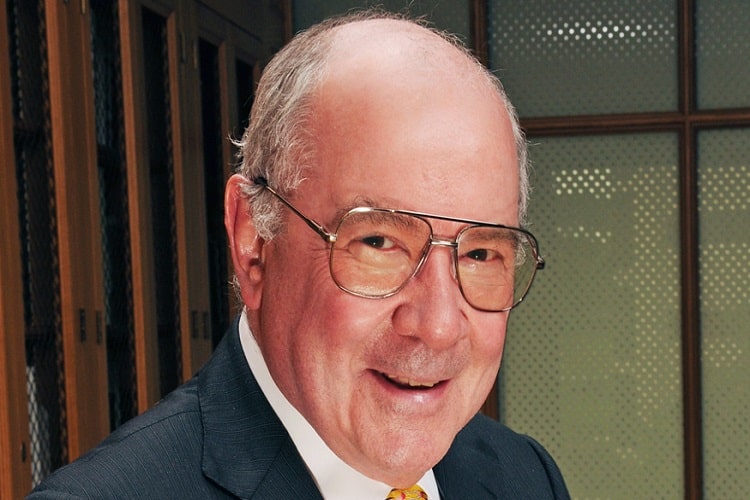Johann Deisenhofer is a German biochemist. He was awarded the Nobel Prize in Physics.
Life and Career
Johann Deisenhofer was born on 30 September 1943 (age 79 years), in Zusamaltheim, Germany. His academic journey began with his studies in physics at the Technical University of Munich, where he obtained his undergraduate degree. He later pursued a Ph.D. in biophysics at the renowned Max Planck Institute for Biochemistry in Martinsried, Germany, under the guidance of Robert Huber.
Deisenhofer’s career reached its pinnacle when he collaborated with Robert Huber and Hartmut Michel to determine the three-dimensional structure of a key protein complex involved in photosynthesis, known as the photosynthetic reaction center. This landmark achievement, which was recognized with the Nobel Prize in Chemistry in 1988, provided profound insights into the molecular mechanisms of photosynthesis. Their research laid the foundation for understanding how plants, algae, and certain bacteria convert light energy into chemical energy, a process crucial for life on Earth.
Johann Deisenhofer continued to make significant contributions to the field of structural biology. His studies expanded our understanding of various biological molecules and their functions, contributing to advancements in fields such as biochemistry and biophysics.
Award and Legacy
Johann Deisenhofer, along with Robert Huber and Hartmut Michel, was awarded the Nobel Prize in Chemistry for their groundbreaking work on the structure of the photosynthetic reaction center. This research revolutionized our understanding of photosynthesis and the conversion of light energy into chemical energy in plants and certain bacteria.
Deisenhofer’s research significantly advanced the study of photosynthesis. By elucidating the structure of the photosynthetic reaction center, he provided a foundation for further research into the molecular mechanisms of this crucial biological process.
His work contributed to the development of new techniques and technologies for studying biological macromolecules at the atomic level, paving the way for future breakthroughs in structural biology.
Deisenhofer’s achievements continue to inspire young scientists to pursue careers in structural biology, biophysics, and related fields. His Nobel Prize-winning research serves as a testament to the power of interdisciplinary collaboration and the pursuit of fundamental scientific knowledge.

